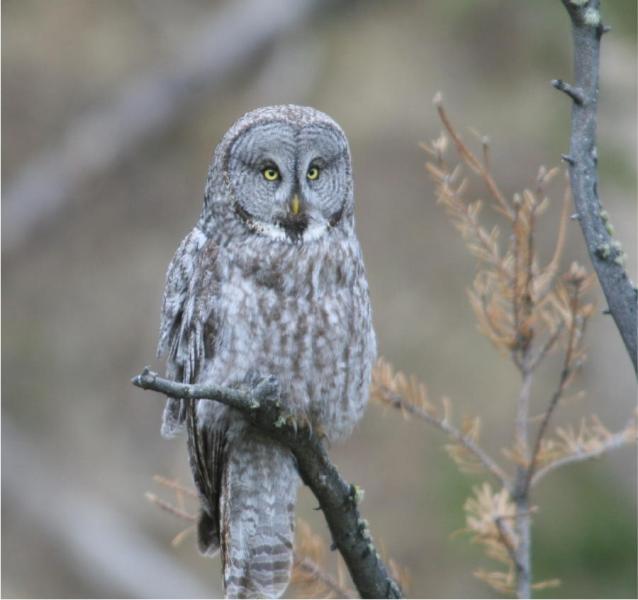Types of Migration
By Dave Hanks
When one thinks of migration, one usually thinks that animals go south in the autumn and go north in springtime. That is what is called COMPLETE MIGRATION, but it is an over simplification. Amount of daylight, weather conditions, or food supplies; are factors that influence the time or type of movement. Some species like Robins, Red-Tailed Hawks, and Towhees are PARTIAL MIGRATORS. Many of these species migrate but a portion stay around all year long – especially if food sources are adequate or to protect a territory and nesting site. Young birds are more apt to make the long trip because of a low social rank. Adult individuals force them to vacate the area.
DISPERSAL is the result of newly fledged birds moving to find space where they can establish their own territory. It is believed that this type of movement is the origin of complete south/north migratory patterns. Another type of migration is called DIFFERENTIAL. This type is influenced by existing conditions. Where nest cavities are in short supply, the American Kestrel may not move away from his established nest box. Water birds may move to the closest area that has open water. ALTITUDINAL MIGRATION is from High Mountain (where weather conditions mimic the more northern latitudes) down to lower elevations to spend the winter. Pine Grosbeaks and Juncos fit this type. Juncos that are abundant around bird feeders in winter are absent in summer.
IRRUPTIVE MIGRATION is very irregular. This is not necessarily a north/south trajectory, but often a lateral movement for better feeding conditions, and is not made every year. Years of severe weather can be a stimulus. A shortage of conifer cones makes Crossbills move to more productive forest areas. Abundance of small rodents (voles, mice, gophers, etc) affects predator movements. Owls especially are birds that are subject to these conditions.
Like all things in life, what appears simple on the surface is usually much more complicated.
(A Great Gray Owl: An irruptive species)
|
